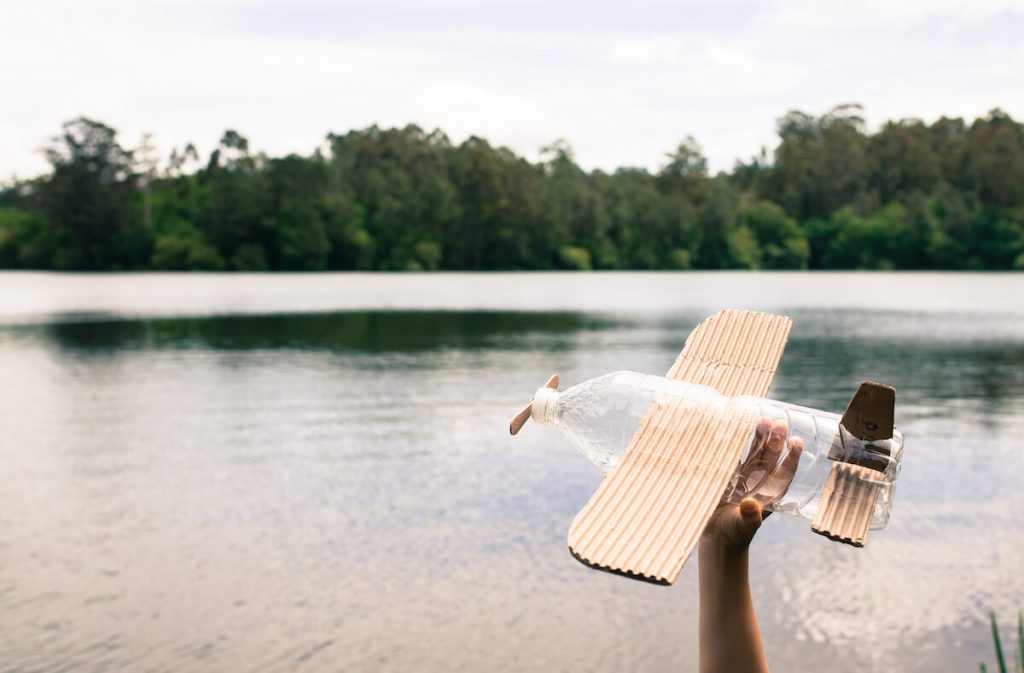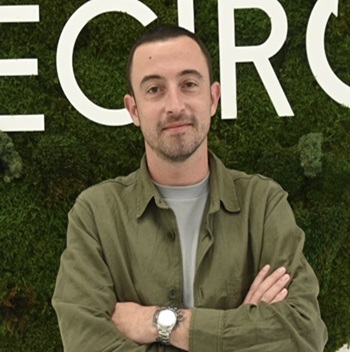We are distributors of
Cell Phones
that are used, tested, graded, and ready for resale.
YOUR GUIDE TO THE CIRCULAR ECONOMY: DEFINITION AND EXAMPLES
Arthur Bronfman / June 2, 2022
Around the world, businesses and organizations are beginning to focus more on sustainability and environmental responsibility by using the circular economy.
This economic model makes sense for our planet, sustainable development, economic growth, and new business opportunities.
Here, we’ll define the circular economy, look at circular economy principles, and the benefits of shifting to a circular economy. We’ll also talk about circular economy examples in many industries.
Before the Circular Economy
Before the circular economy, business models and consumers relied on what we call a “throw-away” economy. Companies encouraged consumers to trade in one item for a new one, upgrading to a better model or version with more bells and whistles.
This caused an extraordinary amount of waste and strain on natural resources. Organizations like the World Economic Forum; the United Nations and the United Nations Economic Commission for Europe (UNECE); and the Ellen Macarthur Foundation stated that operational behaviors and strategies must change. So, many industries and companies listened and started focusing on circular business models. Discover how our mission aligns with the circular economy.
Defining the Circular Economy
According to the UNECE, the circular economy is an inclusive economic model that aims to minimize pollution and waste, extend product life cycles, and share physical and natural assets.
This economic model also focuses on encouraging a more competitive environment and developing many types of new jobs designed to equalize wealth distribution.
Another way to understand what a circular economy means is to compare its initiatives to the popular, contrasting economic model known as a linear economy.
Circular Economy vs. Linear Economy
To understand the linear model, think of a line where every organization consumes resources and raw materials but never goes back to replenish or replace what was used. This system has closed loops with finite resources and production processes that contribute to greenhouse gas emissions.
In contrast, a circular economy is an open system that works to restore and replenish what has been used. This economic model moves from a reliance on fossil fuels and focuses on reducing environmental impacts. It focuses on renewable resources and raw materials conservation so that future generations can enjoy the same biodiversity, balanced ecosystem, and sustainable life quality.
Circular Economy Principles

- Redesigning to reduce waste and pollution
- Keeping products in use
- Regenerating natural systems
1. Redesigning to Reduce Waste and Pollution
In this principle, companies and organizations rethink their supply chain to avoid waste and pollution as much as possible. The earlier this product design goal can be achieved in the product development process, the greater the likelihood that waste and pollution can be avoided across land, air, and water.
Examples include designing edible or biodegradable packaging. Doing so means that waste can be stopped before it is even created, getting everyone closer to the ideal of zero waste.
2. Keeping Products in Use
The core objective of this circular economy principle is to optimize what products have already been made rather than throwing them away. To achieve resource efficiency and keep products in use for the longest possible time, these products could be recycled, upcycled, repaired, and/or remanufactured. For example, consumers might be encouraged to exchange products that aren’t working for them rather than throwing them away.
This principle offers two options that extend the value chain of products. The first is to focus on the technical cycle of a product, which relates to a product’s functionality, and the second is to work with the biological cycle, which focuses on the aspects of a product that can be broken down and returned to the soil, water, or air.
- When focusing on the technical cycle, products are assessed for how they might be repaired, recycled, or remanufactured to be used for the same or another purpose. This approach could also mean taking a product apart and using the various components in new products, which are often used with circular economy examples like phones, computers, and televisions.
- The biological cycle focuses on how products that use biodegradable materials can be returned to the ground through composting and anaerobic digestion processes.
- There are also circular economy examples where both cycles may apply. For example, consider products that are made from wood or cotton. These could be reused, repaired, or recycled. Once they can no longer be used within the technical cycle, they can move to the biological cycle, as they can break down in the earth.
Stakeholders can help products in use. For example, organizations can encourage consumers to separate their waste and use recycling and composting bins. Organizations can provide incentives to participate by offering a convenient way to donate or collect used technology.
Additionally, product developers can think about how to make something that can be kept in use for the longest time while also helping to make something that won’t eventually end up in landfills.
3. Regenerating Natural Systems
The use of renewable energy supports natural processes. This principle seeks to provide ways for regeneration in nature rather than use the linear economy’s focus of extraction.
A regenerative model involves:
- Rebuilding soils and raising biodiversity levels
- Implementing natural solutions to grow food rather than adding harmful ingredients to the ecosystem, such as fertilizers and pesticides
- Restoring the natural carbon cycle rather than creating more greenhouse gas emissions
- Employing responsible waste management practices rather than overfilling landfills and dumping garbage in oceans
- Using renewable energy rather than resources like fossil fuels; sources like wind and solar energy aren’t finite, and they contribute less pollution and waste
Focusing on regenerating natural systems is also tied to the other principles. For example, keeping more products in use will mean sourcing fewer raw materials from nature. In turn, there will be less waste and pollution, which allows nature to thrive.
The Benefits of a Circular Economy

- Reducing the impact of climate change by releasing fewer greenhouse gas emissions
- Moving toward zero waste, which reduces the demand for landfills and provides nature with the room it needs to thrive
- Improving air, water, and soil quality, which improves health, farming conditions, and natural regeneration
- Sustaining the ecosystem for future generations of people, plants, and animals
- Developing circular economy-principled products and solutions that add more jobs, address social issues, and build a reputation as an environmentally responsible brand
Circular Economy Examples
Many sectors and industries that previously added to pollution and waste within the linear economy are now working hard to participate in the circular economy.
By moving away from the mass consumption mindset, organizations that follow circular economy principles are focused on a value chain (product lifespan) that emphasizes resource efficiency.
Food Industry
Food packaging, plastic bottles, and other non-biodegradable waste has been a major challenge when it comes to achieving circular economy principles. However, more food producers are looking at ways of changing how they manufacture and package their food to minimize plastic waste. This includes using biodegradable packaging, recycled materials, and nature-based technology that reduces spoilage.
Fashion Industry
Mass-produced clothing has ended up in landfills, creating mountains of garbage that are hard to break down. Clothing companies and fashion brands are adapting their processes for the circular economy by encouraging upcycling and purchasing used clothes as well as creating clothes from sustainably produced fabrics.
Energy Production
More energy companies are migrating away from fossil fuels and providing other renewable sources of energy. This includes an economic system defined by more wind and solar farms for commercial use along with government incentives so that consumers switch to electric or hybrid vehicles and solar panels for their homes.
Phone and Device Refurbishment

Perhaps one of the largest contributors to toxic waste creation has been reliance on electronic devices, including cell phones.
Companies have not helped with their regular announcements of new phone models and leasing programs, compelling more people to trade in and up to the latest devices. That means there are thousands of phones and devices discarded as e-waste, with toxic by-products and non-biodegradable components.
However, there are companies now focused on device refurbishment to help keep products in use for as long as possible. With a process for repairing and cleaning these devices for continued use, more people see that they can reuse cell phones rather than buy new ones.
Participate in the Circular Economy
From organizations and entrepreneurs to consumers, we are all stakeholders in the circular economy. Founded on the principles of reducing waste and pollution through redesigning products and processes, keeping existing products in use, and regenerating natural systems, we can all help to sustain the planet, its ecosystems, and its natural resources.
Not only will we be able to leave a better environment for future generations, but we can also benefit as businesses, communities, and individuals through cleaner air, water, and soil. It’s exciting to see so many industries and sectors, including food, fashion, power, and device refurbishment offering a best practices approach to adopting the circular economy.
Find out how RecirQ can help make it easy for you to contribute to less e-waste and a sustainable future for all. Contact us now to learn more about RecirQ’s wholesale phone and device refurbishment inventory.



